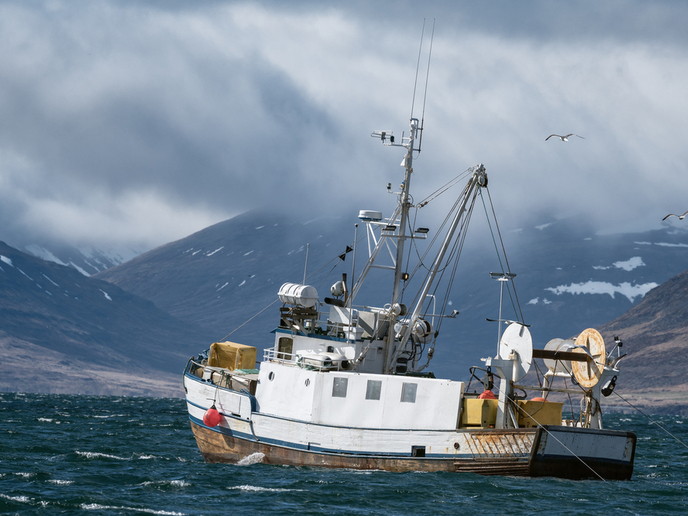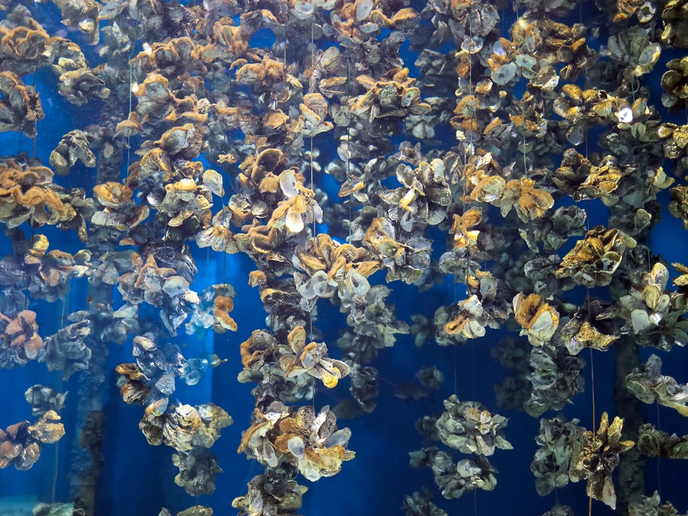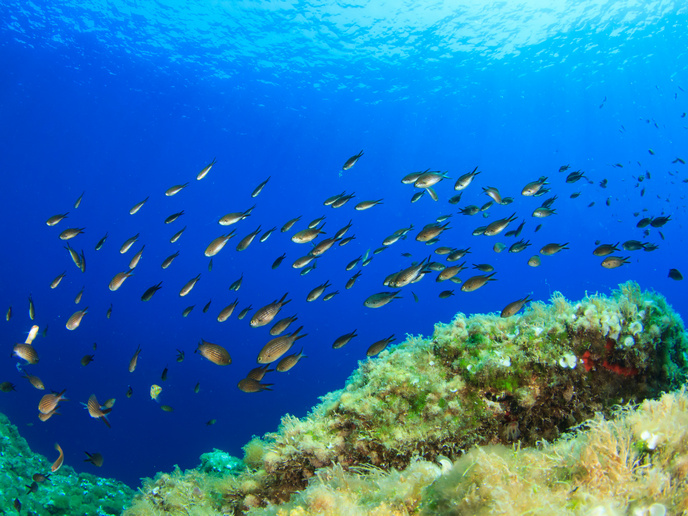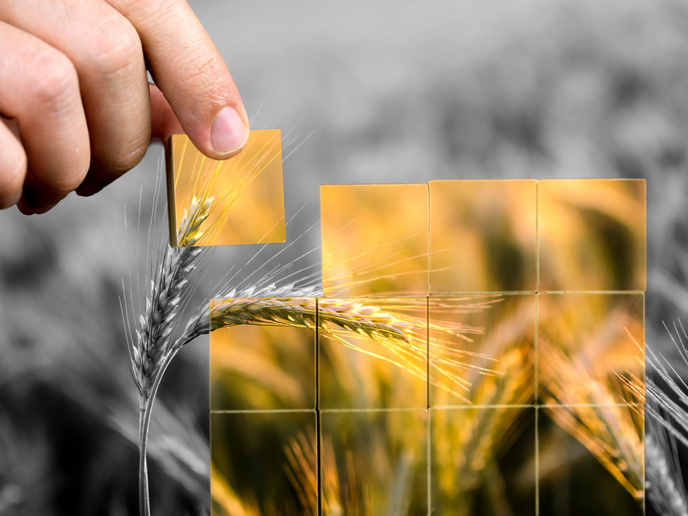New technology for catching fish
Trawl fishing is where fishing vessels catch large schools of fish using nets and winches. The technique can be profitable when conditions are favourable, but it is too often inefficient. The problem is that fishing vessels cannot precisely control the nets. Currents and winds may drag the boat or net away from the fish, and sometimes boat and net move in different directions. Captains must steer their boats while manually controlling net position using winches. Since doing both simultaneously is very difficult, fishing boats often end up zigzagging around the fish. This results in suboptimal catches and high fuel consumption. Net control The EU-funded SMART TRAWLING(opens in new window) project developed an automated trawl winch control system. The system maximises catch and fuel efficiency; it also reduces towing time, maintenance costs and ecological impact. The innovation represents a major advance over previous manually controlled winches. The project was essentially a feasibility study, during which the team refined the system and assessed its market potential. “Before fishing starts, the captain sets eight basic configuration parameters at the bridge,” says Fjóla Kristín Traustadóttir, project Software Developer and IT Manager. “Then, during fishing, SMART TRAWLING’s artificial intelligence algorithms capture and process 82 data inputs, gathered from 10 systems and 37 position sensors. The system sends commands to the winch control system, trawl door control and autopilot in order to dynamically adjust the vessel’s speed, trawl opening and net depth.” Freed from the need to control the net, captains have more flexibility to manoeuvre the vessel towards the fish. Savings and benefits Project testing showed a potential reduction in fuel consumption of up to 10.7 %. The constant monitoring of forces acting on cables means less damage and less frequent replacement, translating to savings of up to EUR 10 000 per vessel every year. Reduced cable damage also means less breakage and fewer accidents. The improved catch efficiency will allow vessels to spend fewer days at sea. “SMART TRAWLING also helps to reduce the environmental impact of trawl fishing,” adds Traustadóttir. Fishing below a certain depth has catastrophic impacts on fragile deep-ocean ecosystems. At minimum, the practice stirs up silt, which chokes delicate filter-feeding organisms. Furthermore, deep-ocean communities receive no sunlight, therefore they run on very low energy, meaning that they are slow to reproduce and recover from impact. Any fishing of those communities probably constitutes overfishing. To date, fishing vessels have faced difficulty complying with depth regulations, due to the net control problem. The new system is compatible with existing control systems, and can be easily retrofitted to current fishing vessels. Unit cost is EUR 50 000 per ship, and installation averages around EUR 4 000 – 5 000. The team will continue developing the system’s artificial intelligence. Researchers also plan to optimise the system and develop two beta versions, to be validated on one research vessel and one commercial trawler. Researchers plan to begin commercial release in July 2021. The target markets will consist of seven EU countries, Iceland, Norway, plus Russia and the United States. The first goal will be to sell 300 units by the end of 2024. The SMART TRAWLING system will allow greater net control, translating to improved efficiency and safety, as well as lower costs. The fragile benthic marine environment will also be protected.







